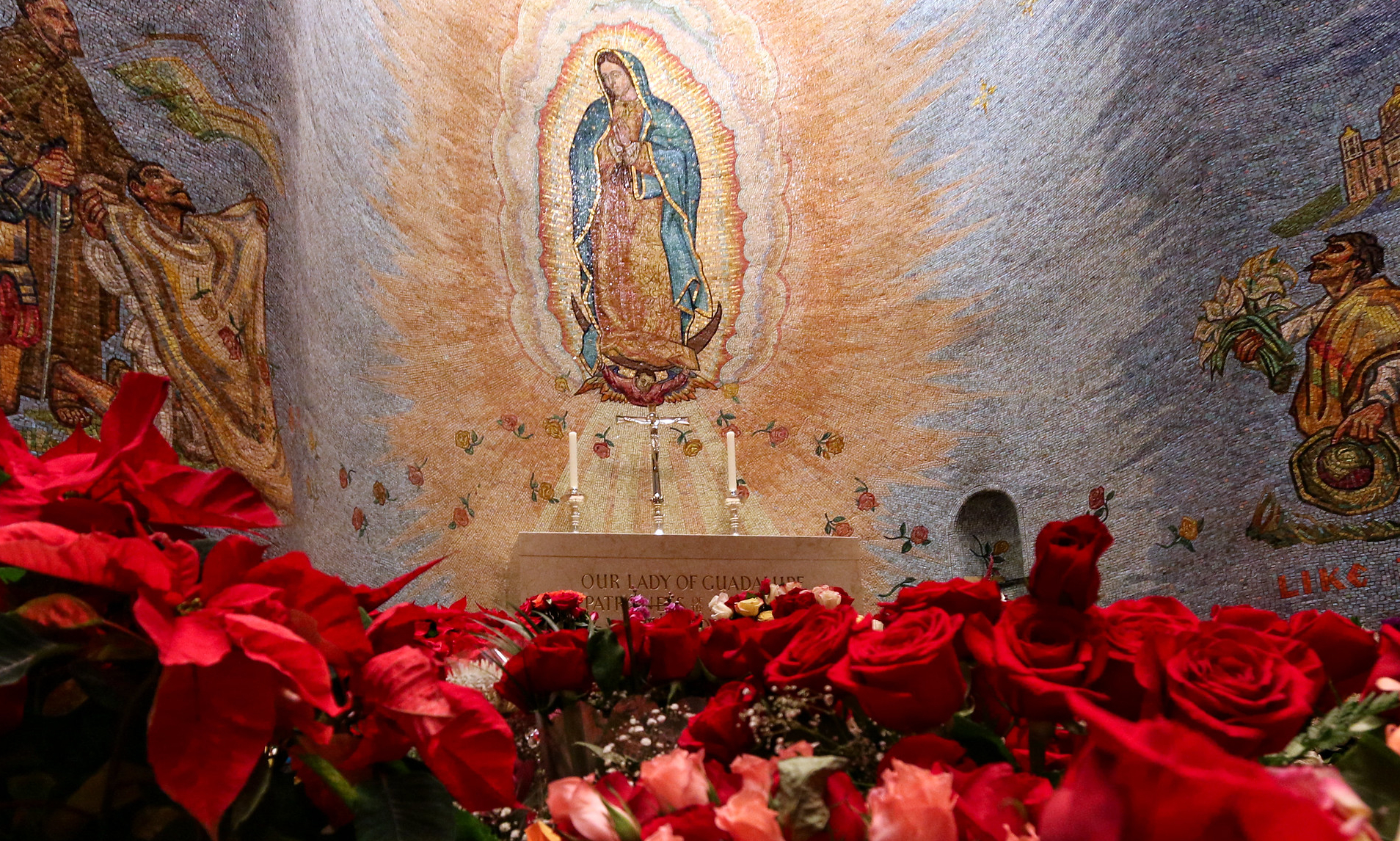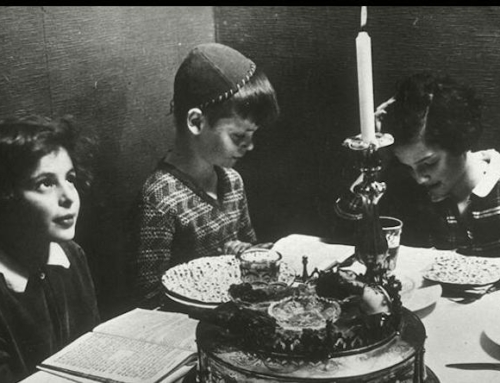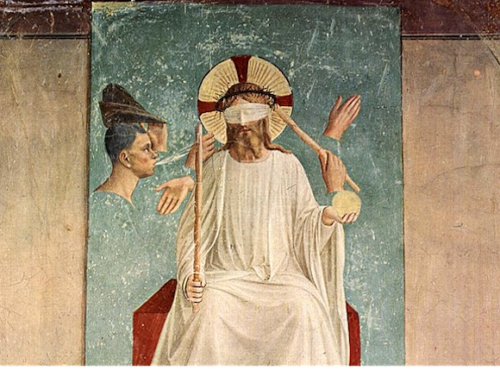Saint Juan Diego and the Immaculate Conception belong together.
We do not usually associate the two with each other. It is more intuitive to group the Immaculate Conception with a different saint. After all, it was to St. Bernadette of Lourdes that Our Lady announced “I am the Immaculate Conception” in 1858, four years after the dogma of Mary’s Immaculate Conception was defined by Pope Bl. Pius IX.
Thus, this year’s bumping of the Solemnity of the Immaculate Conception a day later than usual, to the feast day of St. Juan Diego, brings to light some lesser-known connections between the two feasts which are relevant to our own pursuit of holiness.
In today’s solemnity, we celebrate that Mary was conceived without original sin, blessed from the moment of her conception with “an entirely unique holiness” (LG 56). Called “full of grace” by the angel Gabriel (Lk 1:28), Mary was perfectly prepared by God for her unique role in his plan; her consent to the Incarnation (Lk 1:38) made the redemption of mankind possible.
Long after her first fiat, and many centuries after her Assumption into heaven, Mary continues to serve God’s redeeming plan and enlist others to join her. The most stunning historical example of this was her appearance as Our Lady of Guadalupe in 16th-century Mexico.
In December 1531, at Tepeyac Hill near Mexico City, Mary instructed a poor indigenous convert, Juan Diego Cuauhtlatoatzin, to ask the bishop of Mexico to build a church in her honor. Juan Diego thought himself unworthy of this mission, missed a planned meeting with Mary to care for his sick uncle, and at one point walked a different route around Tepeyac to avoid being delayed by conversation with her.
Despite Juan Diego’s imperfections, Our Lady kept him as her messenger and sent him to the bishop with a sign of her patronage, a gift of roses wrapped in his cloak or tilma. When Juan Diego unfolded his tilma and presented the roses to the bishop, the tilma itself was imprinted with a miraculous image of Mary as a mestiza queen and mother. This image of Our Lady, full of Aztec symbolism, led millions of indigenous Mexicans to convert to Catholicism, founding the first Christian people in the Americas and establishing a “spiritual headquarters” for the evangelization of the continent. For this reason, Pope Pius XII proclaimed Our Lady of Guadalupe to be Patroness and Empress of the Americas in 1945, and today her basilica near Tepeyac is the most-visited Catholic pilgrimage site in the world.
Mary’s remarkable intervention at Tepeyac is closely tied to the solemnity we celebrate today. Our Lady’s appearances to Juan Diego all fell within the octave of the Immaculate Conception. Juan Diego’s tilma portrays Mary as the Woman of the Apocalypse, “clothed with the sun, with the moon under her feet” (Rev 12:1), a portrayal of Mary that contemporary artist Joan de Joanes (c. 1535) identified with the Immaculate Conception. By the 17th century, this became the standard depiction of Our Lady of the Immaculate Conception, exemplified by Velázquez (c. 1618), Pacheco (c. 1621), Zurbarán (c. 1628), and Murillo (c. 1652). In 1660, Mexican Jesuit Mateo de la Cruz noted that the image of the tilma possessed all the iconographical attributes of Mary in her Immaculate Conception. More generally, 17th- and 18th-century Mexican preachers often and eloquently preached about the special link between Mary’s Immaculate Conception and her image as Our Lady of Guadalupe.
Today, as we in the United States (and those of us at the Dominican House of Studies!) celebrate the patronage of Our Lady of the Immaculate Conception, let us not be afraid to reflect also on the life of her beloved messenger, St. Juan Diego. Let us learn from his missteps and not ignore Mary amid our cares and insecurities. Rather, as the saint of Tepeyac did 488 years ago, let us draw close to Mary Immaculate so that her imprint on our lives may teach us to follow God’s will and strengthen us to build up the Church in her continent.
✠
Photo by Fr. Lawrence Lew, O.P. (used with permission)







